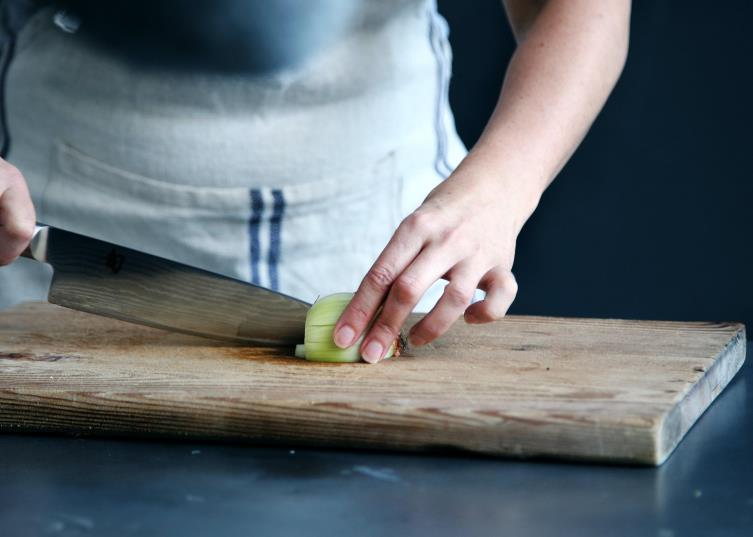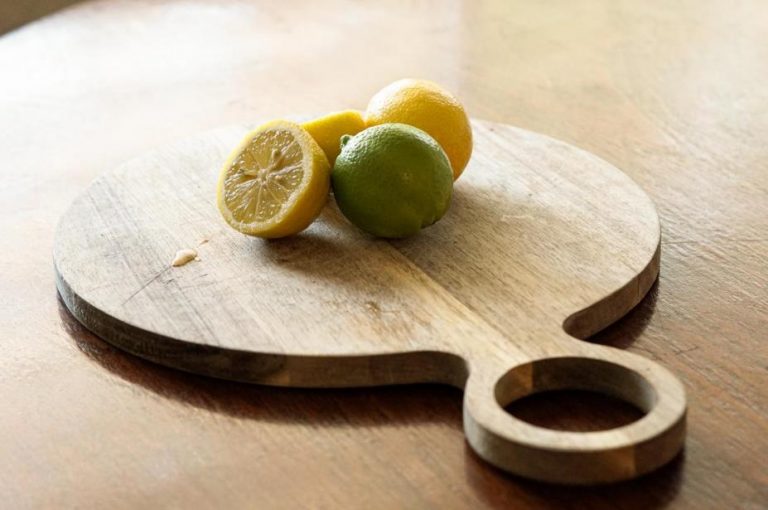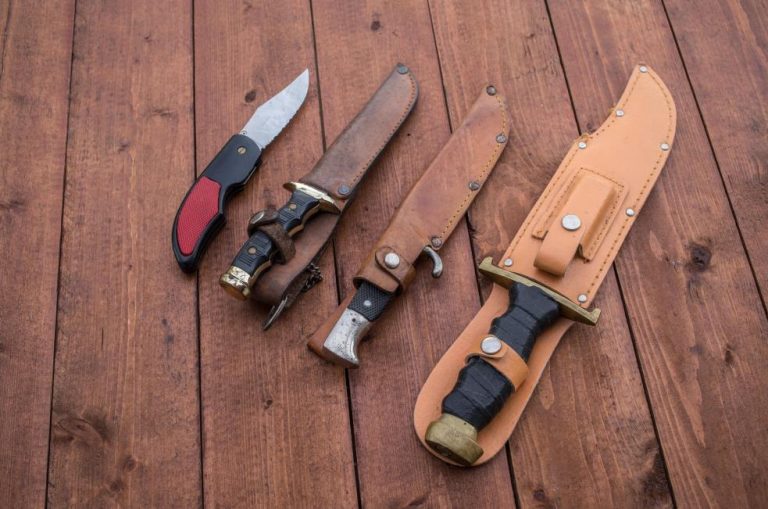There’s no denying that a knife is the most important tool to have in a kitchen. However, a knife means nothing without a cutting surface, and most shoppers already know that cutting directly on a countertop is a disaster waiting to happen.
Just as warriors won’t keep their swords without an appropriate sheat, no cook should use their knives without a good cutting board.
Many factors will decide the value of a cutting board, but it would be foolish to settle on one of these items without considering their future best friends: the knives.
The cutting board will decide whether a kitchen knife will perform at its best or require a lot of sharpening, so what are the best cutting boards for knives?
We’ve covered everything in this handy guide, so you’ll be ready to recommend the best options for someone’s prized blades, should they enter your store.
What makes a knife-friendly cutting board?
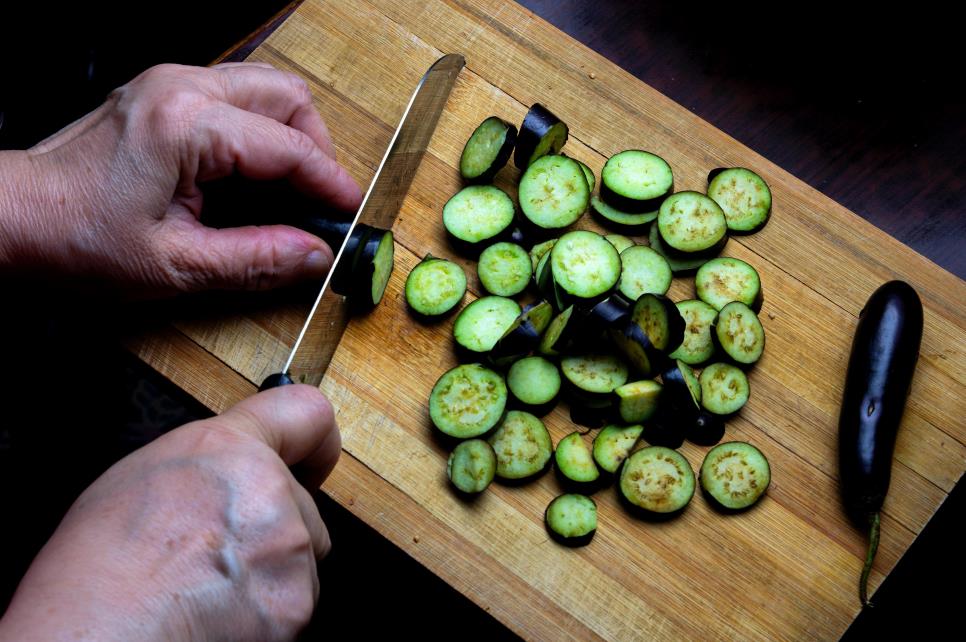
When treated equally, a knife made from impressive steel will inevitably get dull faster than one made from high-quality materials. However, with proper maintenance, both can retain their edge for a long time.
Good edge retention relies on both steel composition and steel hardness (measured on the Rockwell C scale). Knives falling above 64 HRC are harder and hold their edge better but are also more brittle.
Knives below 55 HRC are more malleable, which makes them less likely to chip. However, due to their softer material, the edge has better chances of folding in on itself, thus, dulling the knife.
The main takeaway is that any material harder than a knife’s blade will dull its edge on contact. The softer the material used as a chopping board, the longer a chef will enjoy razor-sharp knives.
Materials to avoid
Right off the bat, we can say that any customer who cares about their knives should avoid cutting boards made of glass, granite, marble, or ceramic. These are harder than most knives and are not suitable for prepping ingredients.
Therefore, they should be kept for presentation purposes, if any.
Buy Wholesale Cutting Boards and Start Scaling up with Us Today
Contact us and connect with a sales rep to get a free quote.
Wood cutting board
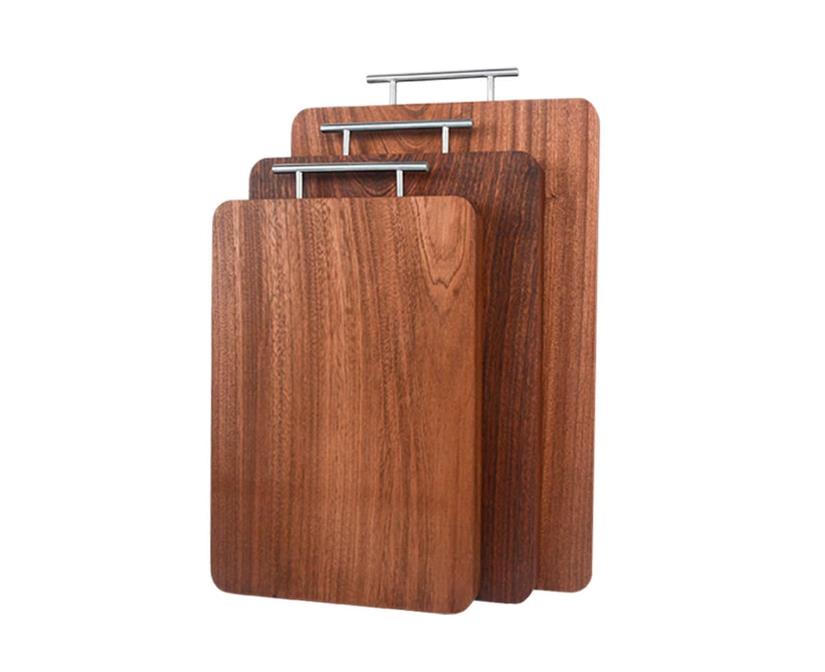
Despite the old wives’ tale, wood cutting boards are sanitary and won’t harbor harmful bacteria. Studies have shown that wood can even outperform plastic in regard to sanitization.
With that worry out of the way, wooden boards are one of the best choices when it comes to edge retention.
But not all wooden boards are created equal. There are some factors that determine how friendly a wood board will be to someone’s precious knives.
- Wood hardness. Measured on the Janka hardness scale, some types of wood are harder than others, which means they are also harder on the knives.
- Wood grain. Depending on the manufacturing process, some boards absorb knife strokes easier and won’t put as much pressure on a knife’s edge.
- Wood density. Independent of the wood’s hardness, edge retention can also be affected by how tightly packed the wood fibers are together. A lower-density wood is more gentle on the knives.
- Board construction. Boards containing resin or adhesives will dull knives faster than those with none of these fillers.
The hardwood vs. softwood distinction does not refer to the wood’s actual hardness. Hardwood comes from deciduous trees, which lose their leaves annually, while softwood comes from evergreens.
Wood hardness
Hardwood trees grow slower, making for a denser material that is more resilient and resistant to moisture. This is why the best cutting boards are made from hardwoods with lower Janka ratings, which is to say they are durable and bacteria resistant, but easy on the blades.
Some examples include maple, walnut, and cherry. Some professional Japanese cutting boards are made of very low-density softwoods like hinoki, but those are special items that won’t easily find a home in most kitchens.
Most cutting boards sit in the range of 900 to 1500 on the Janka hardness scale. Those on the higher end tend to be a bit harder on a blade, one example being hard maple, which is already sub-optimal for expensive knives (at 1450).
For the longest edge retention, customers can opt for black walnut and cherry at 1010 and 995 Janka hardness, respectively.
Wood grain
The wood grain in a cutting board is decided during the manufacturing process. Face grain cutting boards show the natural beauty of the wood, which is why they are generally used for serving and charcuterie boards.
Edge-grain boards are cut with the wood’s grain, leaving the wood fibers to flow from one edge of the board to the other. The knife cuts perpendicularly to these grains, cutting through their length.
These boards are usually cheaper and easier to maintain, but they are also harder on knives since the blade will bite into the wood fibers.
You can think of the wood fibers as the bristles on a paintbrush. With edge grain, the paintbrush lies flat, and the knife cuts through the hairs.
On the other hand, end-grain boards are made by gluing blocks of wood together with the ends flipped vertically. This gives the board a pleasant, rustic aspect and allows them to self-heal since the knife cuts through the fibers without damaging them. With end-grain boards, it’s like you’d hold the paintbrush vertically and have the knife go in between the bristles.
End-grain boards are the most gentle on the knives since the wood fibers hug the blade without putting any pressure on the edge.
Bamboo cutting board

Bamboo is a popular cutting board material for a number of reasons. It is budget-friendly, easy to maintain and sanitize, and quite resilient.
Many customers prefer those to plastic since they are heftier, more durable, and a lot more stylish. They are seen as a cheaper alternative to wooden boards, yet these two materials are quite different.
For once, bamboo is a tough material, averaging somewhere between 1,300 and 1,400 on the Janka hardness scale. This is around 20% harder than soft maple, a common wood used for cutting boards.
Obviously, this results in knives getting dull much quicker, which is why many knife enthusiasts advise against them.
Moreover, many bamboo boards are made by gluing smaller pieces together. These adhesive or resin joints are especially hard on knives, damaging the edge and increasing the chances of a knife chipping.
Unlike wood, tests have shown that end-grain bamboo boards will dull knives faster than long-grain ones due to their high glue content.
Depending on the bamboo’s sourcing, some boards can also have high silica content, making them more abrasive. Although bamboo looks similar to wood, these two materials behave differently with respect to kitchen knives, so it’s helpful to inform your customers about the differences.
Single-beveled Japanese knives are especially susceptible to dulling from bamboo boards, so it is generally best to avoid recommending these products together.
Plastic cutting board
The next best option is plastic. High-density polyethylene (HDPE) and composite boards are very gentle on a knife’s edge, so they will help preserve it sharp for a long time.
These boards are also budget-friendly and easily replaceable, which is why many cooks choose them as their knives’ best friends.
One caveat is that this soft material will easily scar. With time, these boards will show indents where harmful bacteria can pool up. Unlike wood, plastic cannot be resurfaced, which means that the boards will need to be replaced frequently.
Another thing you should consider is that plastic boards don’t offer the same kind of comfort when cutting. Many professional chefs avoid this material since the knives tend to bite into it and slow the process of preparing ingredients.
These boards are the best option for a cook who cares about their knives but does not have the money to splurge on wood or other materials.
It’s important to remember, however, that replacing these boards frequently can add up and cost the customers more in time.
Rubber cutting board
One of the biggest selling points of a rubber cutting board is blade friendliness. The soft surface preserves a knife’s edge very well and has just the right amount of bounce not to make cutting any harder, preventing fatigue.
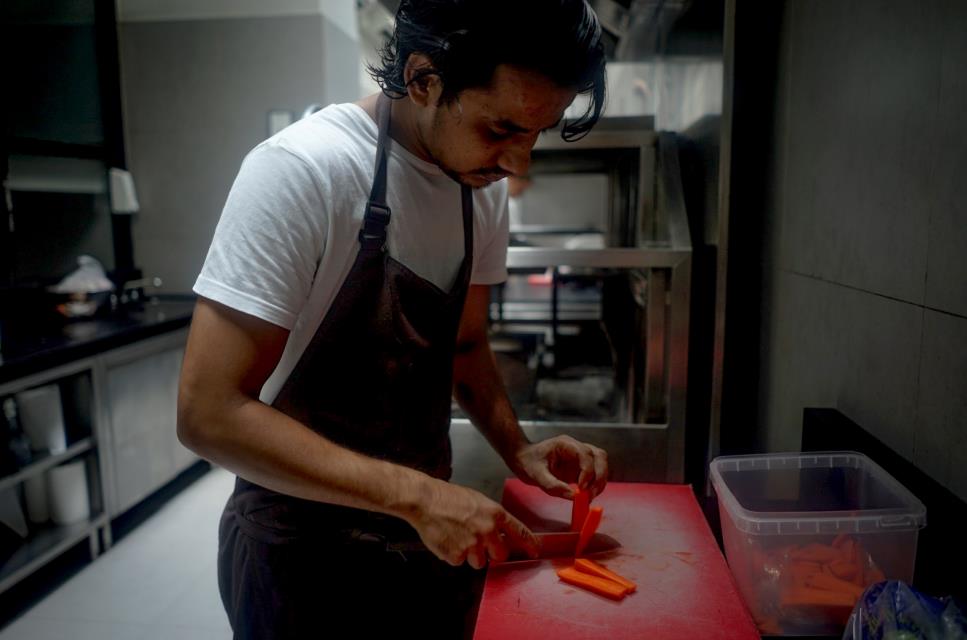
This category includes “hi-soft” boards, made from polyvinyl acetate, the type of cutting board you’ll see in sushi restaurants, where paper-thin food slices are the norm.
They are heavy enough to stay in place and are practically indestructible but still softer than wooden boards. Moreover, rubber can be resurfaced, so they’re easy to keep clean and hygienic.
Many professional chefs swear by rubber boards, so it’s no surprise that you’ll often see them as the tools of choice in a variety of restaurants.
Home cooks, however, are likely to dislike them since they aren’t necessarily practical. They lack the pleasing aspect of a wooden board, are hard to pick up and move around the kitchen, and can come with a higher price tag than your average chopping board.
This is why rubber boards generally do best when marketed toward a professional clientele.
Other considerations
Customers who are ready to splurge on an expensive set of knives will obviously want a cutting board that can preserve the quality of their tools. However, it’s important to remember that a board should be practical.
There are few people out there who will choose a cutting board solely based on the fact that it won’t dull their knives too fast. For those, the answer is simple – go rubber!
Yet, for most shoppers, it’s essential that they balance knife friendliness, ease of maintenance, and durability altogether.
Here are some extra considerations that can decide whether a cutting board will leave your inventory or not.
Cutting board thickness and size
Regarding size, most cutting boards are practical at around 12-by-18 inches. Heavy-duty chefs can benefit from larger sizes, with 15-by-20 inches boards being generous enough.
The ideal thickness will vary based on the material. Professional rubber boards should typically be between ½ to 1-inch thick. Regular wooden boards are best at about one ¼ inch to 2 inches, while end-grain wooden boards should be at least 2 inches to ensure durability.
Cutting board shapes

Although cutting boards come in a broad range of shapes, you should stick to the tried and true for your store. Rectangular boards are the most practical and tend to sell best. Square or round cutting boards aren’t nearly as functional as they don’t offer the same amount of working space.
A rectangular board will also offer the cook space to rest their hands on, which is why other shapes should be reserved for serving boards.
Your customer base
By now, you should already know that the best board is the one that your customers will need. Therefore, it’s essential to consider your customers’ profiles when choosing cutting boards for your store.
What are their shopping habits and their budget? Do they care about a board’s aspect? Are they only looking to equip their kitchen? Are they professionals? The answers to these questions will determine the best choices for your store.
Pro chefs will certainly appreciate boards made of rubber or more expensive types of wood, such as walnut.
The average home cook who’s only looking for a quick upgrade might appreciate less expensive wooden boards, such as edge-grain maple.
For clients who care about the aesthetics of their kitchen, exotic woods like acacia or high-quality end-grain boards could be great choices.
Buy Wholesale Cutting Boards and Start Scaling up with Us Today
Contact us and connect with a sales rep to get a free quote.
Verdict: Best cutting board for knives
When the life of the knives is the only deciding factor, the best choice overall is the rubber cutting board. These should be the first option for professionals or knife enthusiasts who don’t mind sacrificing a bit of practicality.
In all other aspects, wood cutting boards will generally take the trophy. An end-grain wood board will preserve a knife’s edge better than all the other options. Some of the best examples are walnut and cherry end-grain boards, although these can come with higher price tags.
The best budget choice is plastic, but you’ll need to remember that plastic boards need to be replaced frequently and aren’t as comfortable to use as the other options.
Takeaway
The options above take into consideration various factors, not only knife friendliness. Although edge retention is the first thing we’ve analyzed while writing this guide, we made sure to include those products that are also safe, practical, and likely to be bought by your average customer.
There’s plenty more cutting board science on our blog, so don’t hesitate to pop in for extra credits. If you are looking for a trustworthy partner to source cutting board from start, contact us at anytime as we are happy to help.
